SAINT ANNE'S PUBLIC PARK - MY FAVOURITE PARK
SAINT ANNE'S PUBLIC PARK - MY FAVOURITE PARK
Today [29 May 2021]I decided to leave the city centre as quickly as possible because it was packed with people so I decided that it might be a good idea to visit St. Anne's Park but getting there was not as easy as I expected because the bus was delayed by traffic. Eventually the bus had to divert, via East Seafield Road, as buses could not pass along Mount Prospect Avenue because many cars were parked on both sides of the road.
Saint Anne's Park is a 240 acre public park situated between Raheny and Clontarf, suburbs on the northside of Dublin, Ireland. It is owned and managed by Dublin City Council.
The park, the second largest municipal park in Dublin, is part of a former 202 hectares (500 acres) estate assembled by members of the Guinness family, descendants of Sir Arthur Guinness, founder of the famous brewery, beginning with Benjamin Lee Guinness in 1835 (the largest municipal park is nearby (North) Bull Island, also shared between Clontarf and Raheny).
In 1837, they built St Anne's House, a large Italianate-style residence. The house and park were purchased by Dublin Corporation (now Dublin City Council) in 1939. Part of the land was developed for housing.
The park is bisected by the small Naniken River and features an artificial pond and a number of follies, a rose garden, a fine collection of trees with walks, including an arboretum, a playground, cafe, and recreational facilities including extensive GAA and soccer playing fields, tennis courts and a golf course.
The estate was named after the Holy Well of the same name. Lands were purchased over time by the Guinness family to build up an extensive property. In 1837, Elizabeth and Benjamin Lee Guinness commissioned St Anne's House, a large Italianate-style residence known locally as “The Mansion”, and it was modified over several generations. The Italianate influence included references in the garden follies to ancient Roman sites and the import of actual antiquities.
In 1868 Elizabeth and Benjamin's son, Sir Arthur Edward Guinness (Lord Ardilaun), inherited the estate and also purchased Manresa House next door. He was the person most responsible for expanding and developing the estate and gardens and planted wind-breaking evergreen oak trees (Quercus ilex) and pines along the main avenue and estate boundaries, where they remain. Lady Ardilaun, originally of Bantry House, County Cork, developed the gardens based on her interest in French chateau gardens, but also with eclectic influences of the Victorian era and the horticultural expertise of her Scottish gardener. Lord Ardilaun was also prominent in the Royal Horticultural Society.
Lord and Lady Ardilaun had no children and the estate passed to their nephew Bishop Benjamin in the 1920s. In 1937, he decided he could no longer maintain such a large estate and negotiations with Dublin Corporation resulted in the house and 444.75 acres (1.80 km2) of the estate being sold to the Corporation for approximately £55,000 in 1939. Bishop Plunkett retained Sybil Hill as a private residence with 30 acres (120,000 m²) of parkland, and it was later sold to the later became the site of St Paul's College, Raheny. In 1952 St. Paul's College acquired an additional 14 acres of Corporation lands, behind their school, to use as school playing fields. During the Second World War, Dublin Corporation encouraged local residents to grow vegetables in allotment gardens in the estate.
In December 1943, the main residence of St Anne's was gutted by a fire while being used as a store by the Local Defence Force; the ruins were demolished in 1968. In the meantime, just over 200 acres (80.9 ha) of the estate were developed for public housing with the central and most attractive portion comprising about 240 acres retained as parkland and playing fields.
-
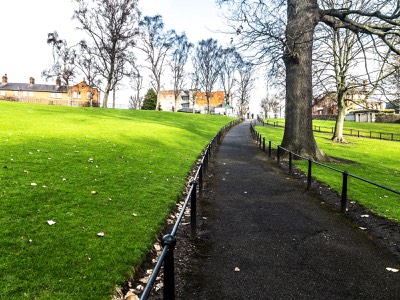
VICTORIAN GARDEN
-
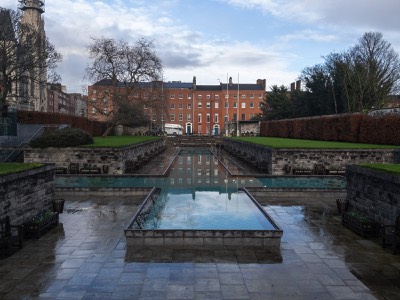
PARNEL SQUARE
-
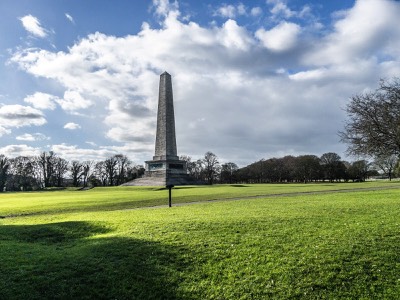
WELLINGTON
-
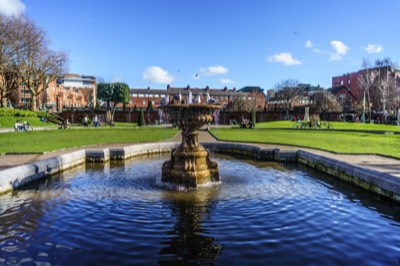
ST. PATRICK'S PARK
-
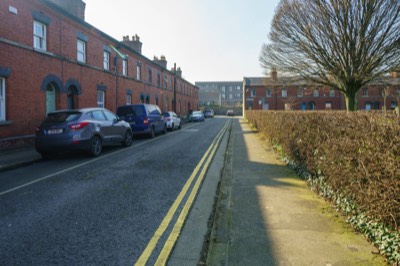
GREAT WASTERN SQUARE
-
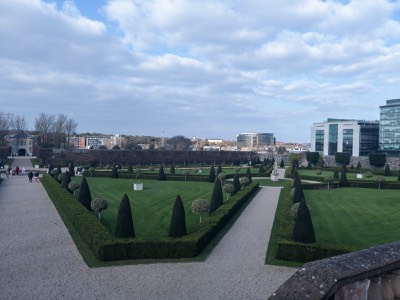
FORMAL GARDENS
-
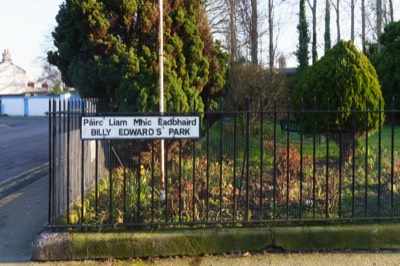
BILLY'S BED
-
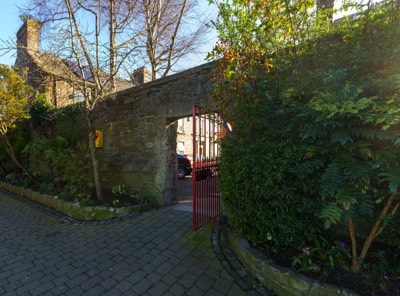
BLESSINGTON BASIN
-
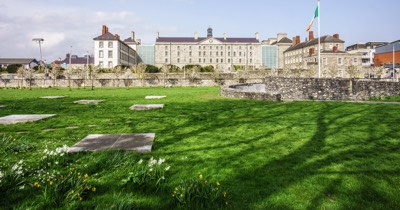
CROPPIES ACRE
-
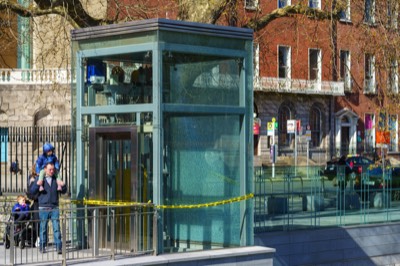
EASTER MONDAY
-
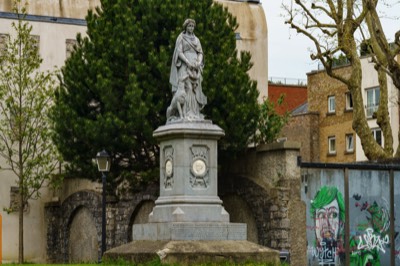
EIRE
-
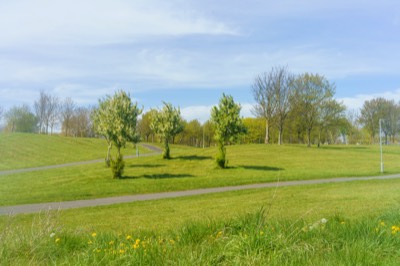
TOLKA VALLEY
-
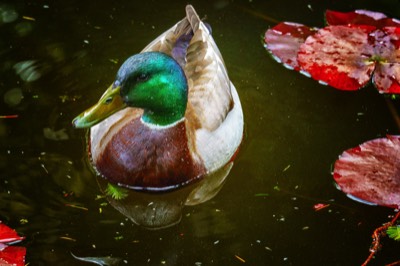
DUCKS ON THE POND
-
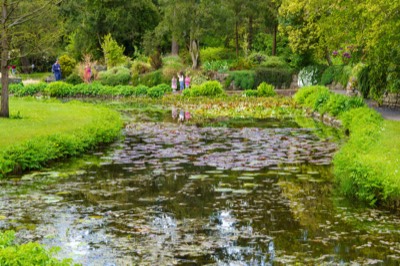
THE POND
-
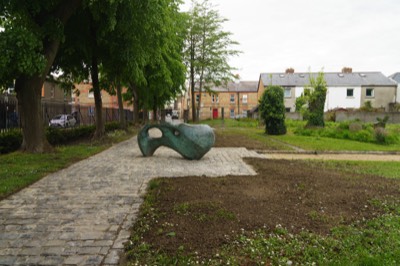
ST CATHERINE'S GRAVEYARD
-
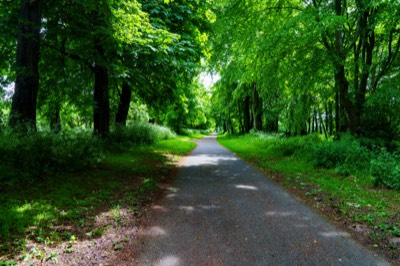
COOLMINE WOODS
-
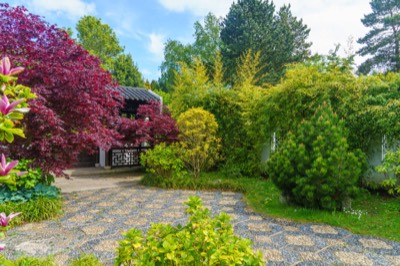
CHINESE GARDEN
-
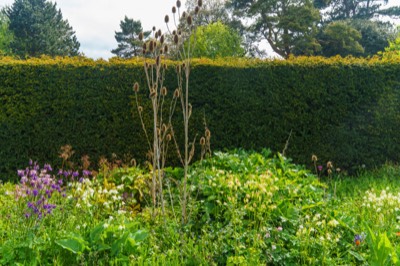
WALLED GARDEN
-
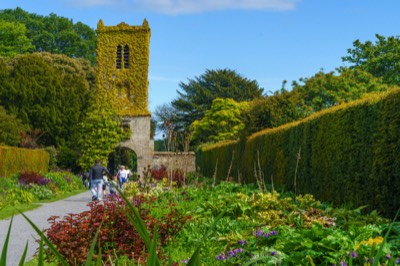
CLOCK TOWER
-
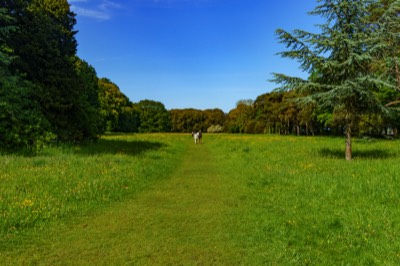
WILD MEADOW
-
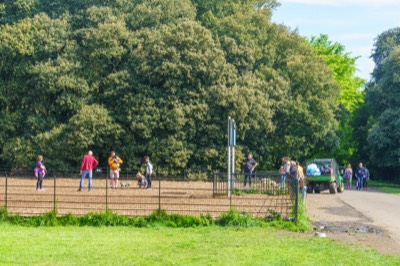
DOG PARK
-
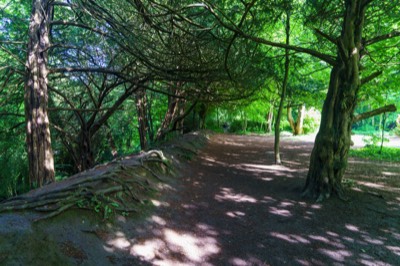
WOODLANDS
-
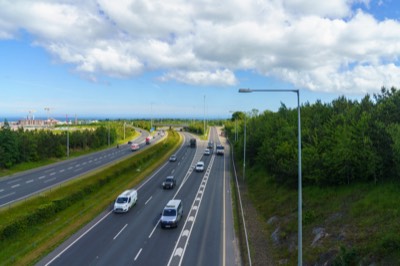
TICKNICK
-
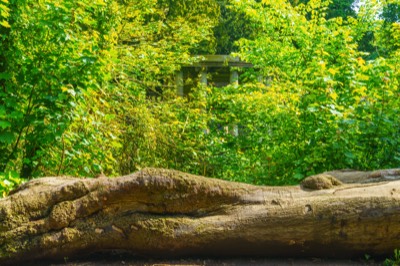
FOLLIES
-
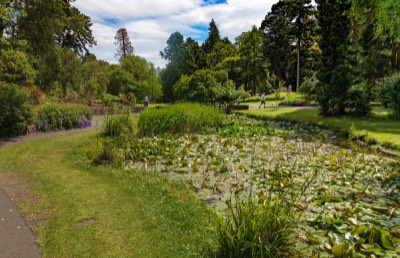
POND - BOTANIC GARDENS
-
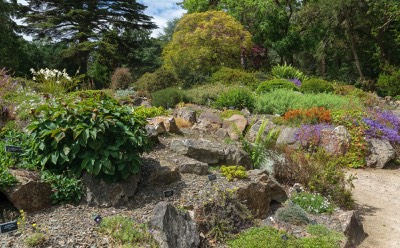
ROCKERY
-
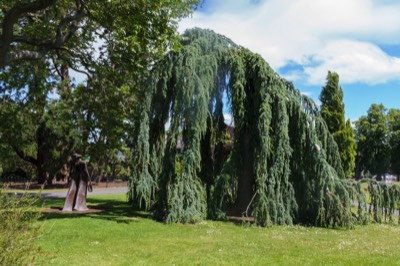
15 JUNE 2021
-
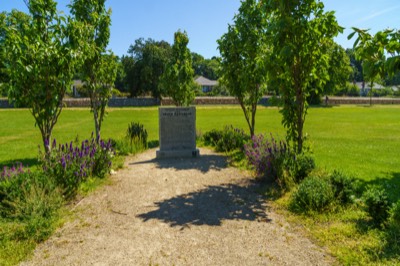
1916 MEMORIAL
-
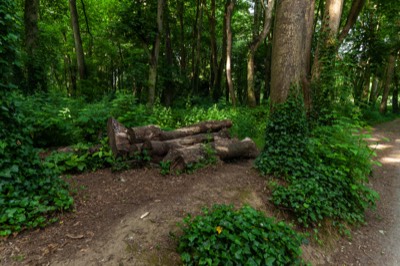
WOODLANDS
-
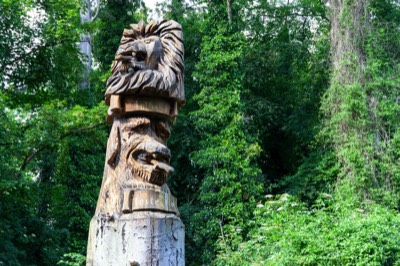
COAT OF ARMS
-
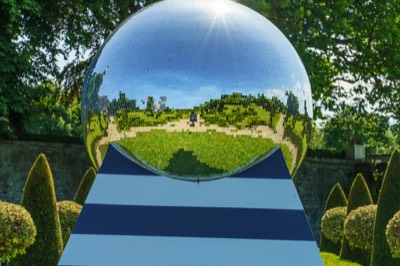
KILMAINHAM
-
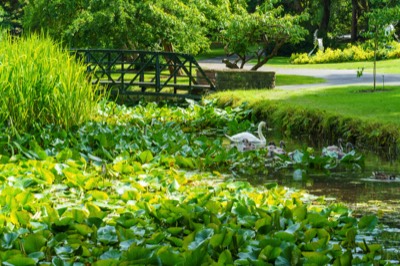
SWANS
-
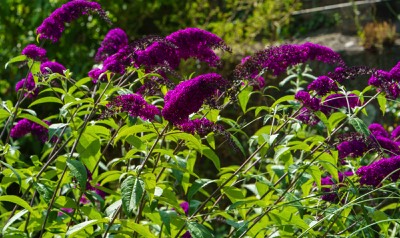
COLOUR OF PLANTS
COPYRIGHT INFORMATION BELOW APPLIES ONLY TO PHOTOGRAPHS

This work by William Murphy aka Infomatique is licensed under a Creative Commons Attribution-NonCommercial-ShareAlike 4.0 International License.
Permissions beyond the scope of this license may be available at https://excellentstreetimages.com/in-the-year-twentytwenty/copyright/.

































